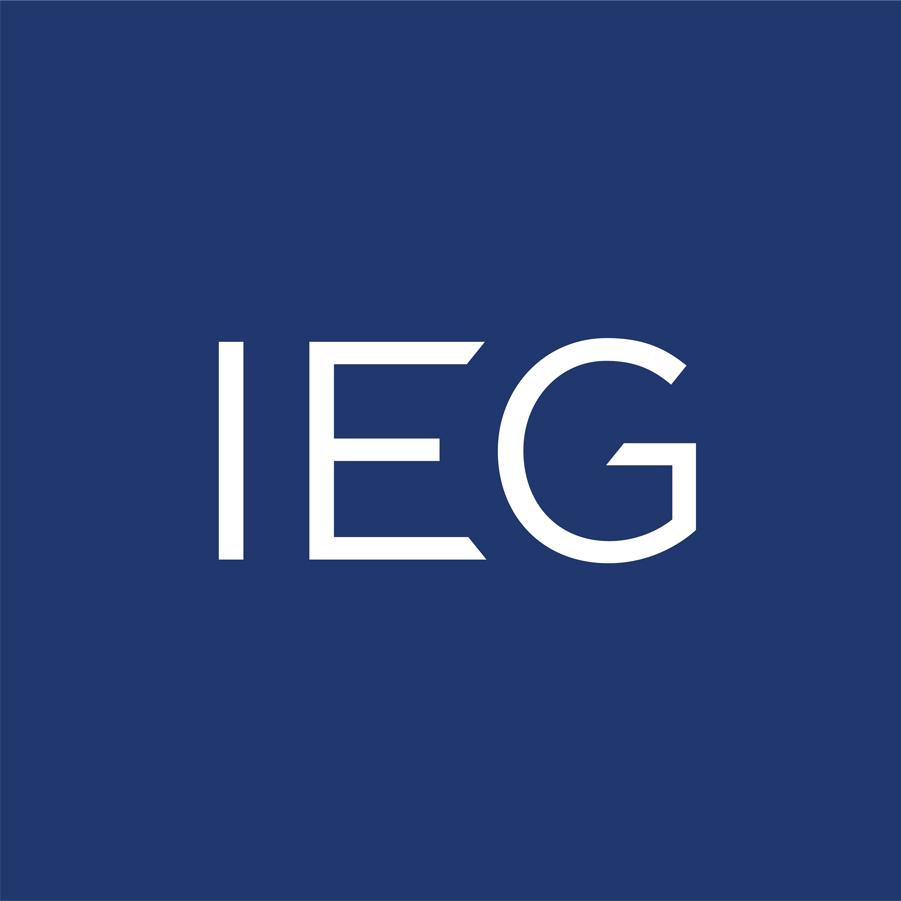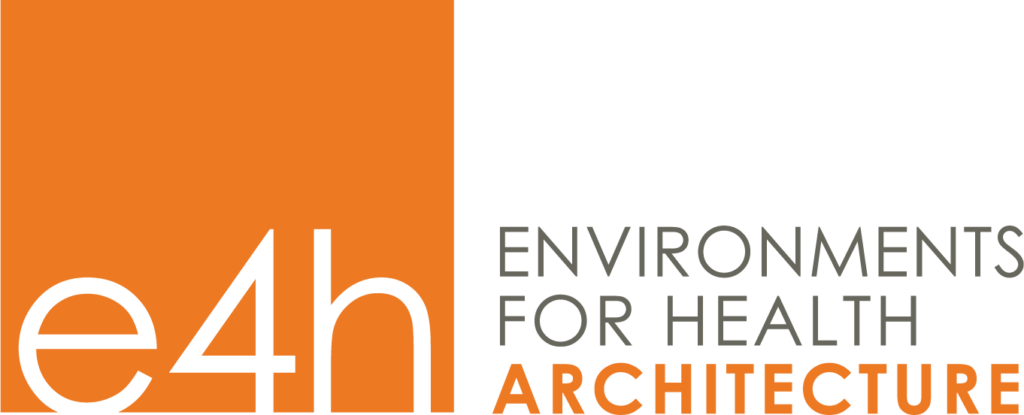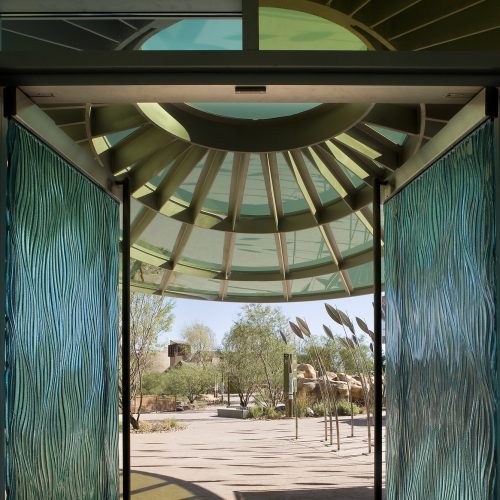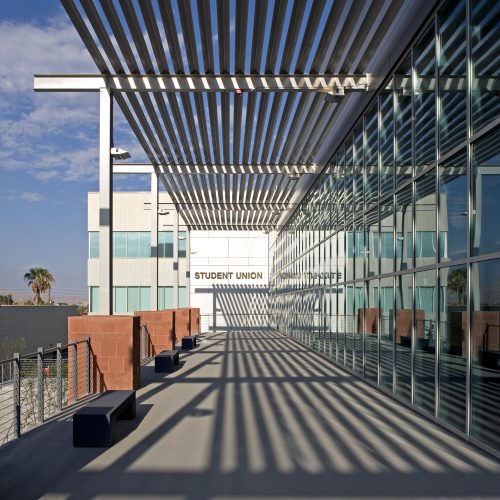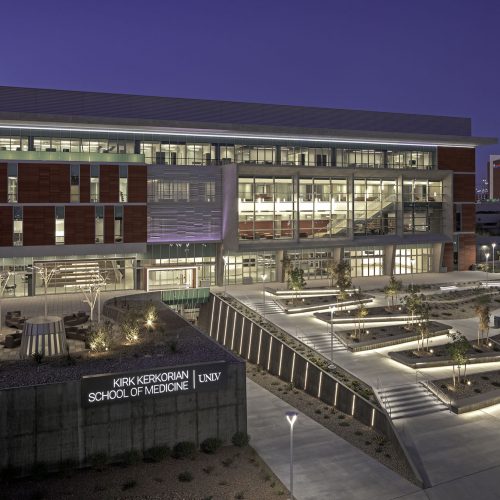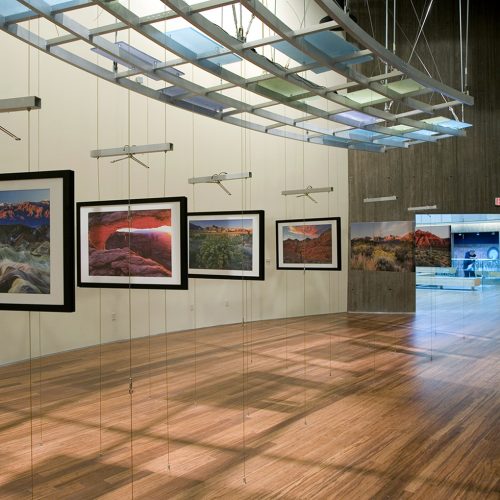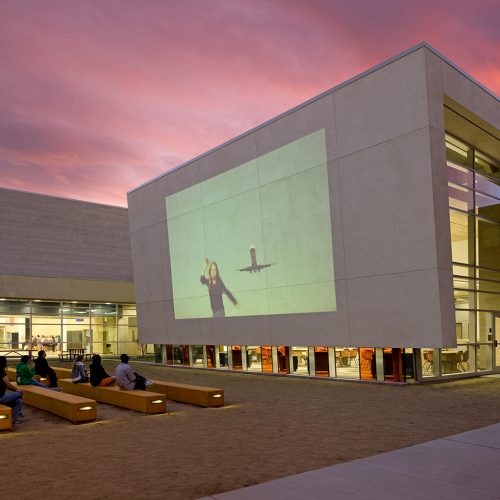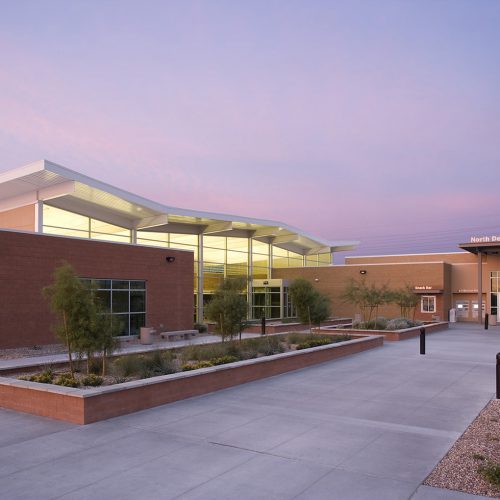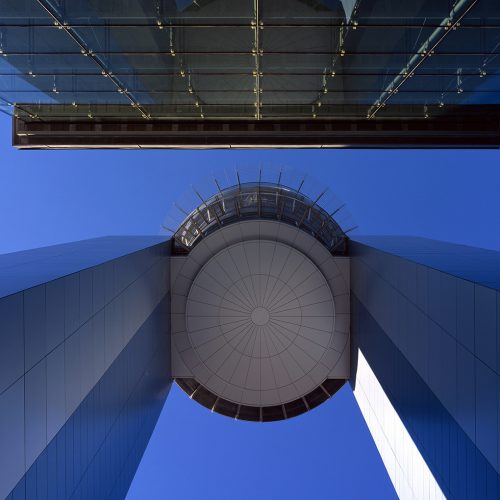Civic Stewardship
We design environmentally, socially, and fiscally responsible structures that uphold client values.
Beyond meeting sustainability benchmarks, TSK designs projects to thrive within their communities and ecosystems, contributing to the well–being of our clients and promoting their values through design without overburdening their fiscal resources.
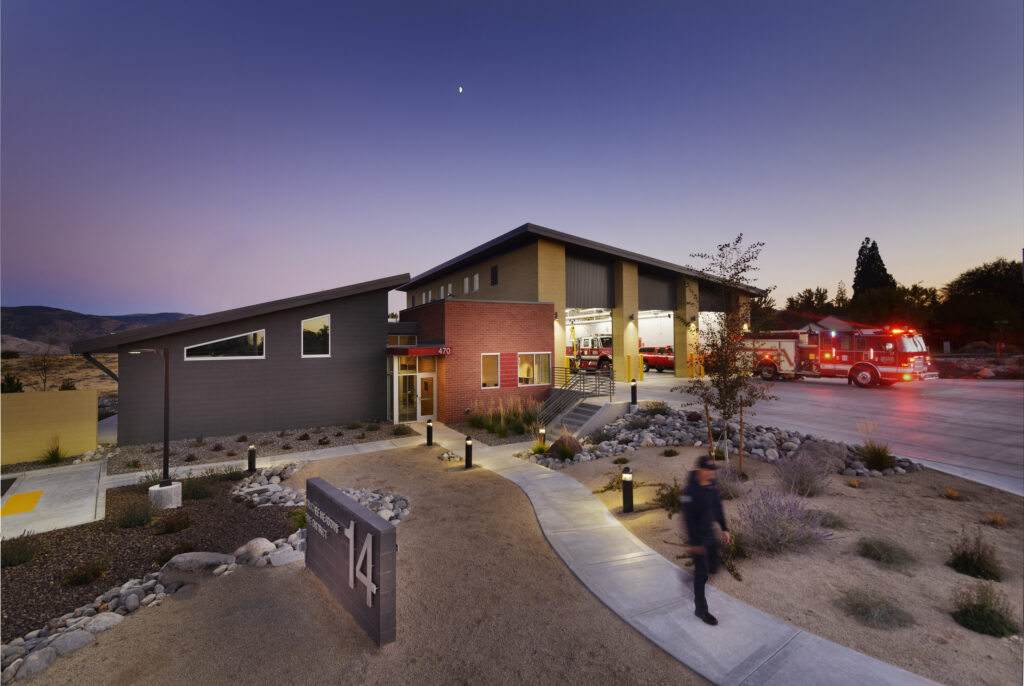
Enriching Your Community
By getting to know our clients, the challenges they face, and the character of their communities, we give life to structures that give back, through the programs they offer and their sensitivity to budget. Our designs strengthen communities by providing comfort, relief, shelter, and vital services to those who need them most. From energy–efficient features in wellness centers for the homeless, to job-locating resources for the larger community within local schools, we remain stewards of client budgets and local economies while promoting sustainability, resource responsibility, and wellness for all.
Building Resilience
Our goal is to design structures that last, strong enough to endure the stresses of aging and weather ongoing changes in climate. Planning for contingencies, we weigh potential lifecycle savings against initial cost considerations and work with clients to find balance. Built with resilient, economical components, our work stands the test of time and remains responsive to its context.
This future-minded approach minimizes waste, from both a resource and a fiscal perspective, and ensures the spaces we create will be there for the next generation to enjoy—and the next one, and the one after that.

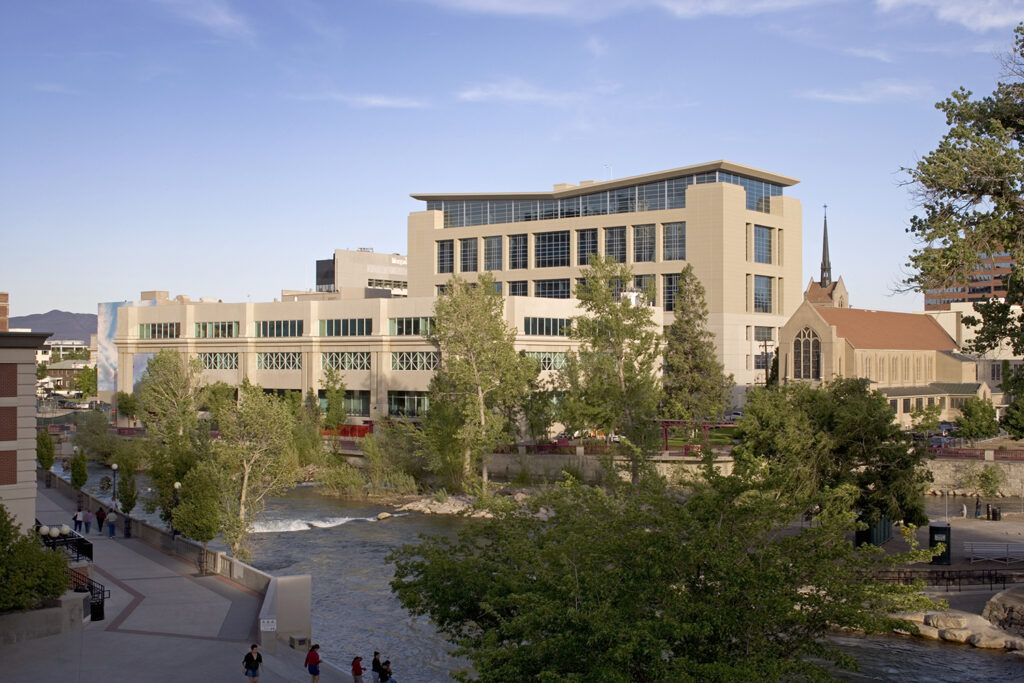
Preserving the Beauty Around You
Beauty is part of every community’s legacy. Whether we’re restoring historic landscapes through sustainability measures, designing structures that work in symbiosis with their surrounding ecosystems, or preserving the character of townships and cityscapes through adaptive reuse, we remain stewards of both the natural and built environments.
Stewardship Services
Sustainable Design + Engineering
LEED & Green Globes Certified Design
Resilient Design + Analysis
Adaptive Reuse
Community Workshops and Surveys
CAse Studies
Planning a Roadmap for an Experience-Rich CTE Center
Through extensive research, data gathering, tours, and engagement, Huckabee’s Planning Team worked with Plano ISD’s CTE Leadership Committee to create a roadmap for building a new, innovative, student-centric, and experience-rich CTE center.
The first step was to work together to identify what CTE programs would be housed at the new CTE Center, and which ones would be at the high school and senior high campuses. Huckabee then led activities to define the user experience for the new facility, prompting stakeholders to articulate what perceptions and reactions they wanted the building to inspire in students, staff, and visitors.
CAse Studies
Planning for Parity and Innovation
The planning effort for Aledo ISD engaged the community in a combined visioning effort for both a new middle school and the transformation of an existing one, representing the first time the district split their secondary schools into two campuses.
Community input and targeted discussion around teaching and learning resulted in a conceptual framework for how spaces should function—not just for the middle schools, but for the district’s future campuses as well. In the end, the project proved that renovations can create parity with new construction, and that two schools can contribute to a united community and a shared sense of pride.
CAse Studies
Planning for STEM with a Focus on the Continuum of Learning
With a focus on science, technology, engineering, and math (STEM), Barton Reimagined replaces an elementary school built in 1955 with one that activates a more user-oriented experience.
Through a robust visioning and stakeholder engagement process, our team reached out for design input from the experts: students, teachers, educators, and community. Following multiple activities and design charettes, we developed objectives that outlined the learning environment’s exploratory nature, its vibrant aesthetic, its inclusive culture, its connection to the outdoors, a focus on STEM, and more.
Featured Projects
Latest News


